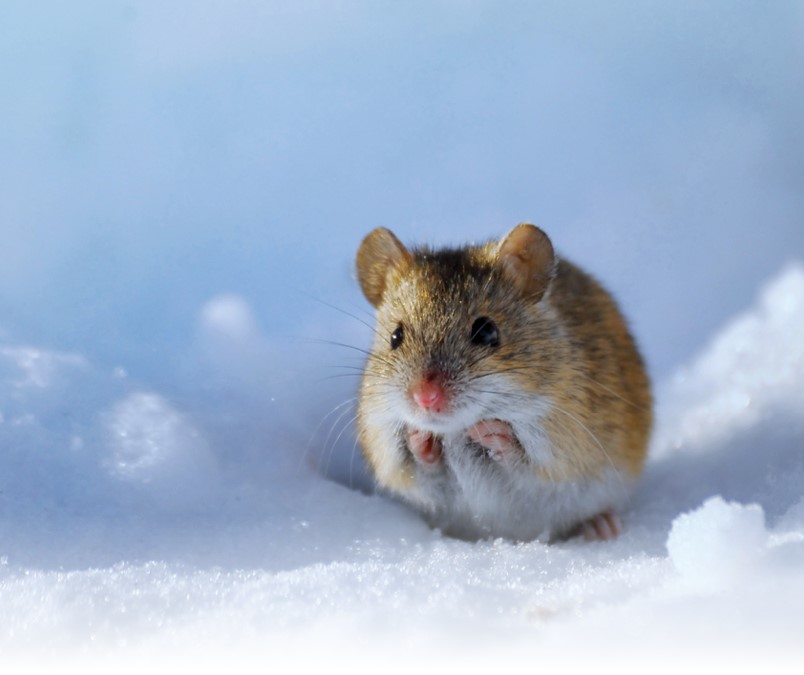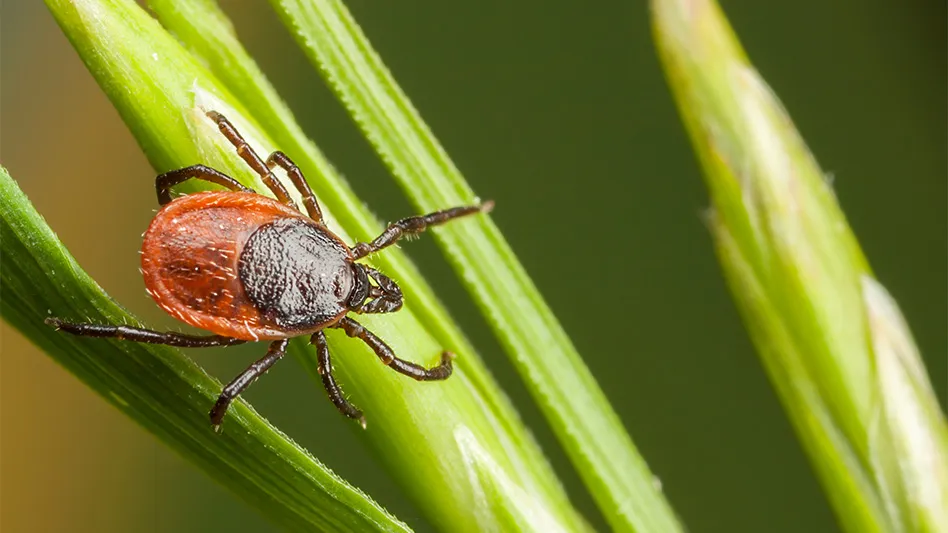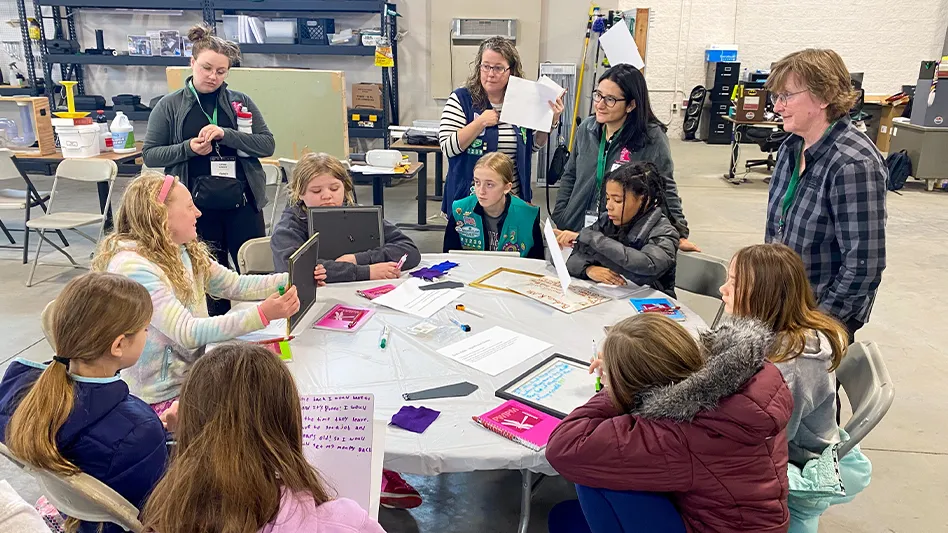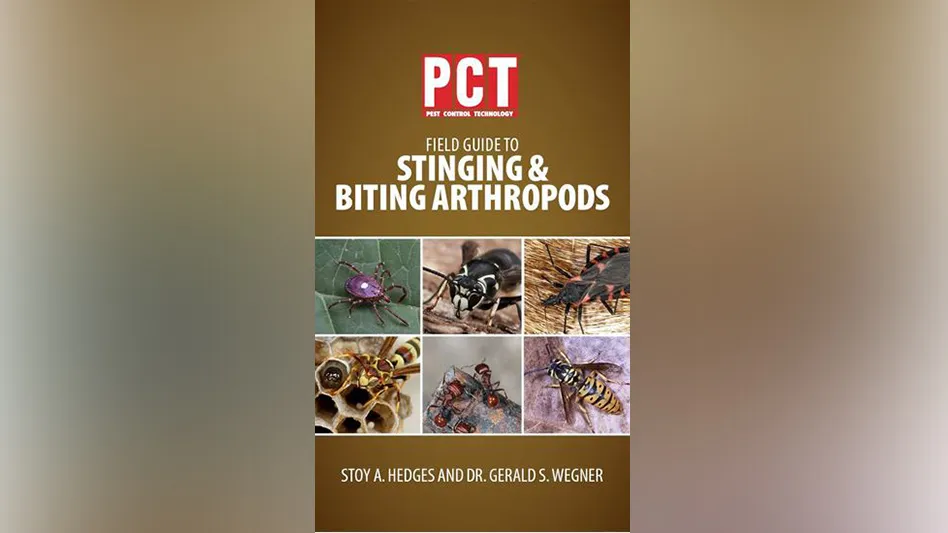
Editor’s Note: This article was reprinted with permission from Techletter, a biweekly training letter for professional pest control technicians from Pinto & Associates. To subscribe, visit www.techletter.com.
We think of house mice as being strictly indoor rodents, but they don’t always start out as indoor pests. House mice can live their entire lives outside as well. They are totally adaptable and can live just about anywhere outside. House mice are found in cold tundra, in hot deserts, and in salt marshes and coal mines.
Both house mice and deer mice (Peromyscus spp.) will leave their outside environment if moving inside provides food and other advantages and if it’s easy to do so. The mice that are feeding inside structures are almost always nesting there as well, not foraging in from outside. Outside mice can have quite large home ranges, but inside mice usually remain within 30 feet (9 m) of a food source with no intentions of leaving as long as food is available and their lives are secure.
WHERE DO THEY LIVE? Outside mice don’t all live in burrows as you might expect, although they can. More often they nest in a variety of sites such as in piles of vegetation or brush, along ditches, in wood or rock piles. In cities, house mice may burrow in landscape planters or under shrubs. Deer mice often nest in tree cavities, stumps, or abandoned bird or squirrel nests. Around homes, both house mice and deer mice also will nest outside in dark corners of sheds or barns, or in unused yard equipment. The deer mouse also likes to nest in farm equipment, abandoned vehicles and unoccupied cabins.
Female mice living inside will collect and shred all manner of soft indoor materials when constructing a nest for their young: yarn, fabric, paper towels, tissues, insulation, etc. Less privileged outside mice will line their nests with soft plant stems and leaves, shredded grass, animal fur, as well as any soft, discarded manufactured materials that they can find.
WHAT DO THEY FEED ON? Mice that are living outside utilize somewhat different food sources, feeding mostly on plant seeds, grains, insects and occasionally small animals. Deer mice are more likely to be meat eaters, consuming lots of insects including their larvae, snails, slugs, other mice and baby birds, along with seeds, grains and berries. Deer mice will store food for the winter in hollow logs or similar sites, but often never use it. Mice will take advantage of unique specific foods found in their outside environment when nesting near a stockyard, cannery, or fast food restaurant, for example.
Inside mice feed mostly on easily accessible people foods and pet foods with maybe a cockroach or cricket thrown in for variety. When deer mice move into a building, they often bring in caches of seeds and nuts and store them inside in voids, furniture and similar sites. These hoards can become infested with stored product pests.
WHY DO THEY MOVE INSIDE? It’s in a mouse’s best interests to move inside, especially in regions with cold winters. Without predators, indoor mice have a longer life span. House mice can breed year-round inside if conditions are right while outside mice breed only seasonally during warm weather. In temperate regions, a mouse’s natural food sources drop off when the weather gets cooler. Since mice don’t hibernate, fall is when they are most likely to move into structures in search of food. The warmth and protection provided by an indoor life doesn’t hurt either. While house mice have small territories when nesting inside, they have been known to travel more than a mile to find suitable food and shelter.
HOW DO MICE MOVE INSIDE? Mice enter homes and other structures in the same way that other pests get inside, primarily through doors, gaps, missing vent covers and so on. Sometimes they’re carried in with firewood, plant pots or office supplies. Food odors and warm air dispersing from structures are a draw for mice at any time of year. This is why it’s important, especially in food accounts, to make sure that gaps around doors, utility openings, vents, loading dock doors and similar openings are not sending out air-borne invitations to mice.
Since mice are curious and naturally investigate their environment, including holes, crevices and anything new, it makes sense that they will find and take advantage of any gaps or openings that let them enter a structure. An opening only needs to be ¼-inch (6 mm) high for a mouse to squeeze under. If mice smell other mice around these enticing openings, they know they’ve found a good thing.
Remember that not all new mouse infestations in a structure come from the outside. In apartment buildings, office buildings and similar tightly occupied places, the new mice may simply be coming from an existing infestation “next door.” Their ancestors may not have been “outside” for many generations.

Explore the November 2019 Issue
Check out more from this issue and find you next story to read.
Latest from Pest Control Technology
- Viking Pest Control Organizes a Charity Bike Build for Local Families
- Gaining Control of Structure-Infesting Carpenter Ants
- Big Blue Bug’s Brian Goldman Receives Rhode Island Small Business Person of the Year Award
- UF Researchers Examine How Much Bait it Takes to Eliminate a Subterranean Termite Colony
- Women in Pest Control Group Continues to Grow, Provide Opportunities in the Industry
- NPMA Announces Results of 2024-2025 Board of Directors Election
- Massey Services Acquires Orange Environmental Services
- Hawx Pest Control Wins Bronze Stevie Award for Sustainability





